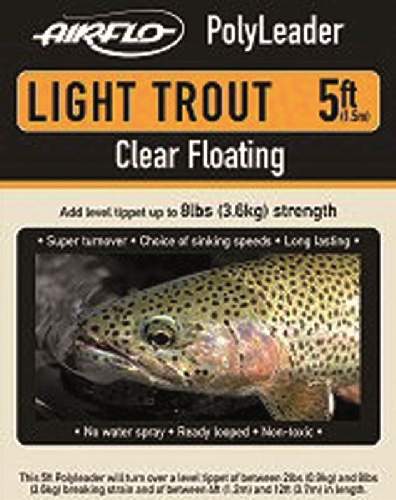Fishing Tackle 18th Century Style 8
 By the beginning of the 18th century, new production methods meant fly fishing tackle was more readily available, and shop bought lines were in great demand. But the tackle makers weren’t always up to the mark: some lines tapered too sharply, others were too thick, and the cheapest lines rotted quickly. Most lines were made of a mix of silk and horsehair, though plaited silk lines were now starting to make an appearance, which was an important development in the history of fly fishing.
By the beginning of the 18th century, new production methods meant fly fishing tackle was more readily available, and shop bought lines were in great demand. But the tackle makers weren’t always up to the mark: some lines tapered too sharply, others were too thick, and the cheapest lines rotted quickly. Most lines were made of a mix of silk and horsehair, though plaited silk lines were now starting to make an appearance, which was an important development in the history of fly fishing.
Plaited line was the first step on the way to water-proof, rot-resistant fly lines. The best were plaited from silk. They were thinner and stronger than their twisted counterparts, and available in lengths of 80 or 100 yards. Another landmark was the production of silkworm gut “casts” (or leaders, as we now call them), which were gradually replacing horsehair. As a result of these developments, casting distances had improved greatly. In the 17th century, the fixed line meant that the rod length determined casting distances. But early in the 1800s anglers were starting to take more of an interest in rod action because silk and horsehair lines allowed them to cast further. Lines by now were of high enough quality for the average fisherman to be able to cast reasonable distances. But soon things got more complicated – with the discovery of gut it became possible to fish several flies on a cast. Yet another catalyst for the exponential future development of fly fishing tackle.



















